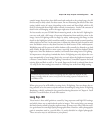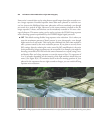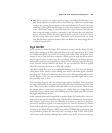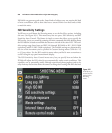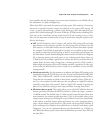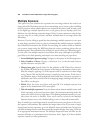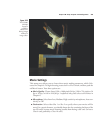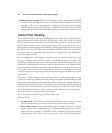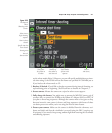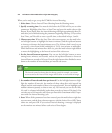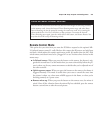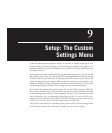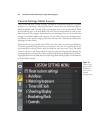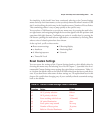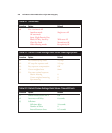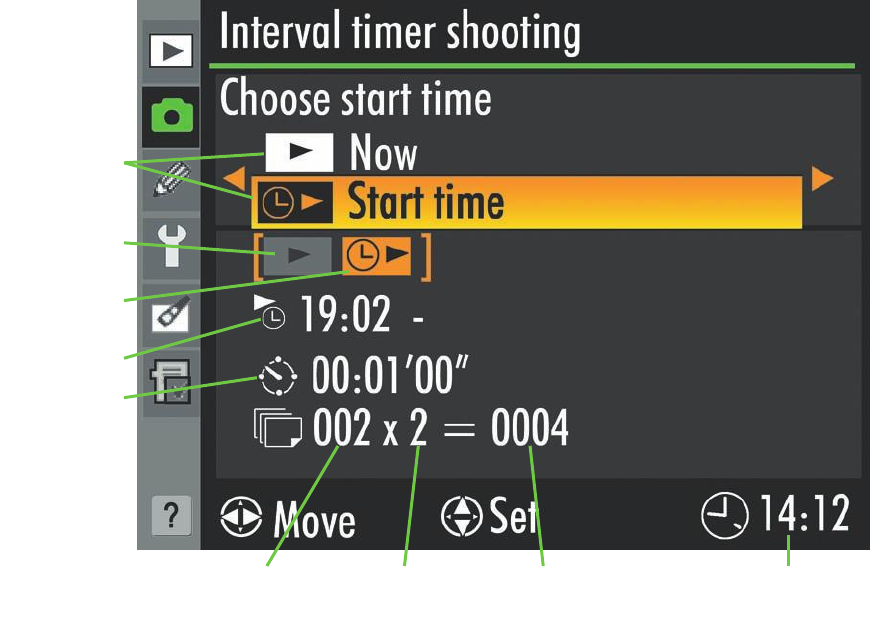
set the release mode dial to S. However, you can still specify multiple shots per inter-
val when using S; the D7000 will use the frame rate specified in CSM #d6 just as
if you had set the release mode to C
L
.
3. Bracket, if desired. If you’d like to bracket exposures during interval shooting, set
up bracketing prior to beginning. (You’ll learn how to bracket in Chapter 4.)
4. Secure camera. Mount the camera on a tripod or other secure support.
5. Fully charge the battery. You might want to mount the MB-D11 battery grip if
you have one, or connect the D7000 to the Nikon AC Adapter EH-5a or EH-5 if
you plan to shoot long sequences. Although the camera more or less goes to sleep
between intervals, some power is drawn, and long sequences with bursts of shots
can drain power even when you’re not using the interval timer feature.
6. Protect your camera. Make sure the camera is shielded from the elements, acci-
dents, and theft, and that the viewfinder is covered (using the DK-5 eyepiece cap
if necessary) if you need to keep strong ambient light from entering the viewfinder
and affecting exposure.
Chapter 8 ■ Setup: Playback and Shooting Menus 271
Figure 8.33
The Interval
Timer
Shooting main
screen.
Select time to
begin shooting
sequence
Now has been
selected
Specific time has
been selected
Starting time
Interval
between shots
Total num-
ber of shots to
be taken
Number of
shots taken at
each interval
Total number
of shots in the
sequence
Current
time (now)



